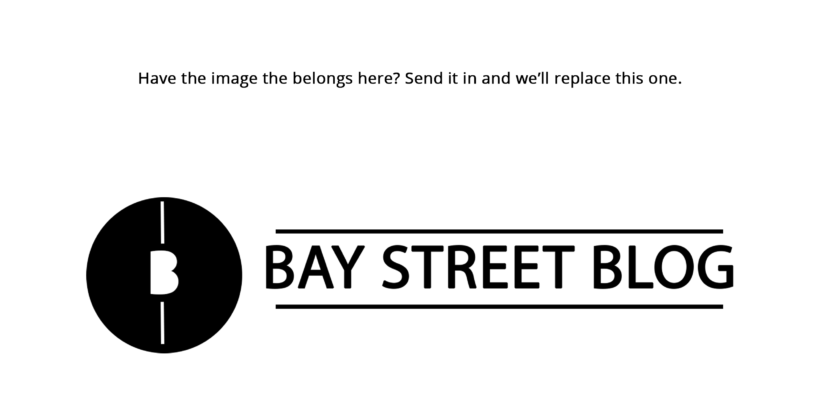The Realities Of Buying Your First Home
Share

Deciding it’s time to buy your first home is one of the biggest steps you can take, one that will change your life forever. Naturally, such a decision must be met with prudence and strategic thinking, making sure that you are aware of the ins and outs of the industry, the local market, and the numerous opportunities before you.
However, in the pursuit of a perfect home in every sense of the word, there are obstacles and challenges that few people will tell you about. Here are the realities of buying your first home you need to keep in mind before reaching a life-changing decision.
You need a spotless credit score
Assuming that you are not the owner of a fortune 500 company and the likes, and are instead an average homebuyer, you will first have to secure the funding for your new home. Seldom is there a situation when a homebuyer is able to pay the cost of a house in full, which is why obtaining a house loan is one of the most realistic solutions.
To be eligible for a loan, you will have to prove your creditworthiness to the lender by keeping an immaculate credit score and settling your long-term debts before applying. Some lenders will require a higher, and others a lower credit score value, so it’s a good idea to compare lenders beforehand as well. Generally, the average credit score needed to be eligible for a loan is 600 or more.
Planning for the future is essential
Many first-time homebuyers make the inadvertent mistake of judging a home based on their current likes, dislikes, and plans. But plans change. Instead of thinking about where you want to be in a year’s time, think about where you want to be in ten years’ time. This will allow you to objectively observe the property before you and whether it fits your needs, goals, and future aspirations.
Is the house kid-friendly? How much would it cost to bring it up to snuff if not? Does it have the necessary space to accommodate all of your planned family members? How about a rec room, or a home theatre, or a guest bedroom? What about the size and state of the backyard? Do you need a garage? These are just some of the questions you need to ask yourself before taking the buying process further.
You need professional guidance
Doing market research, finding eligible homes, negotiating the price and conditions, these are all demanding tasks an average homebuyer is not cut out to handle on their own. A good idea to solve this problem is to follow current trends in Australia, where homebuyers readily ask for help from a professional buyer’s agent to get the best deals on the market and have the price brought down as much as possible.
When buying a home, another good idea would be to check all the main features of the house such as electrical installations, plumbing, security systems before you make a buying decision and finally move in. With the help of professionals such as moving house electricity specialists you will feel confident that you’re paying a real value for your home.
Location trumps interior space
You might fall in love with a certain interior and decide that that’s the house you want. But the reality is that interiors alone do not decide whether the house is right for you. In fact, the interior design, although important, should find itself at the near bottom of your “ideal house” checklist.
Instead, you want to turn your attention to the location of the property and the neighbourhood it inhabits. The neighbourhood should contain the basic amenities you need to lead a happy, stress-free lifestyle, such as supermarkets, schools, movie theatres, restaurants and cafes, etc.
These amenities need to correspond with your plans for the future, so think about a kids’ sports centre or an art institution where they can learn to sing, dance, and play an instrument. The proximity of these amenities will greatly influence the negotiability of the price, so ask your agent to find you the perfect balance between the two variables.
Is this the house for you?
Finally, the time has come to take a leap of faith and decide on your future home. Be sure to take into consideration all of the aforementioned features and necessities a property and its neighbourhood should have and compare it to the overall look and feel of the interior.
When the property ticks all the aforementioned boxes, the time is right to decide whether or not the interior corresponds with your goals and aspirations. If not, is it worth spending money on remodelling it to create an ideal living environment? Additionally, be sure to get help from a certified home inspector to help you reach a decision faster.
Buying your first home is no walk in the park, as the road is laden with numerous obstacles that could end up costing you dearly. Be sure to act on these valuable industry insights in order to safely buy the home of your dreams.
You may also be interested in: First Time Homebuyer at the Age of 22: How I Did It
Writer: Lana Hawkins
Disclaimer: All investing can potentially be risky. Investing or borrowing can lead into financial losses. All content on Bay Street Blog are solely for educational purposes. All other information are obtained from credible and authoritative references. Bay Street Blog is not responsible for any financial losses from the information provided. When investing or borrowing, always consult with an industry professional.






Bay Street Blog Newsletter
Click here to subscribe for a financial savvy experience.
Please check your email to confirm subscription!